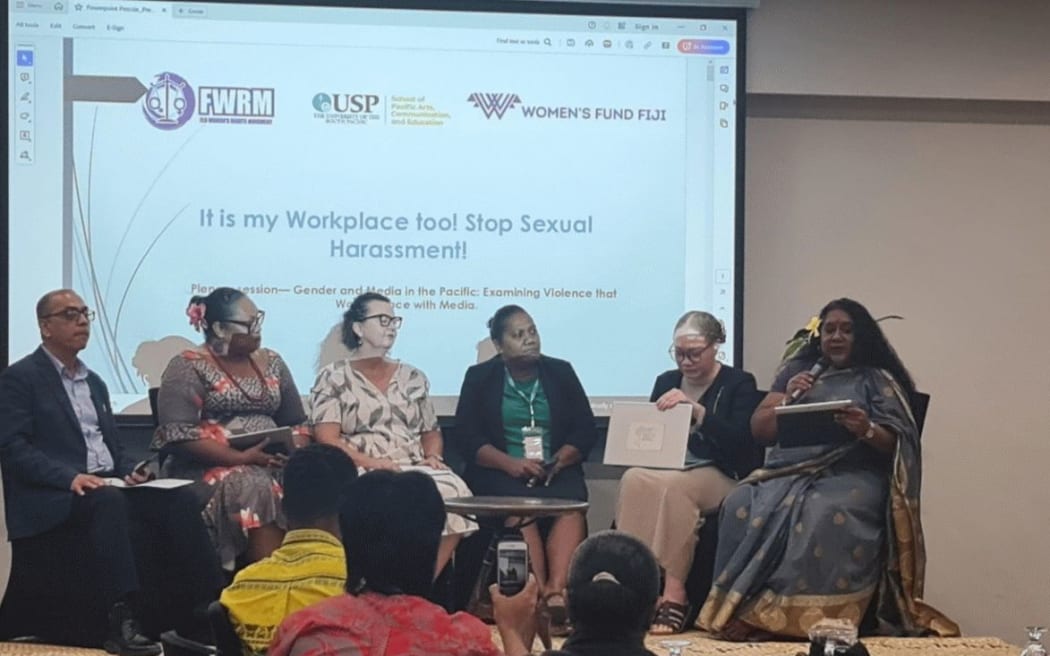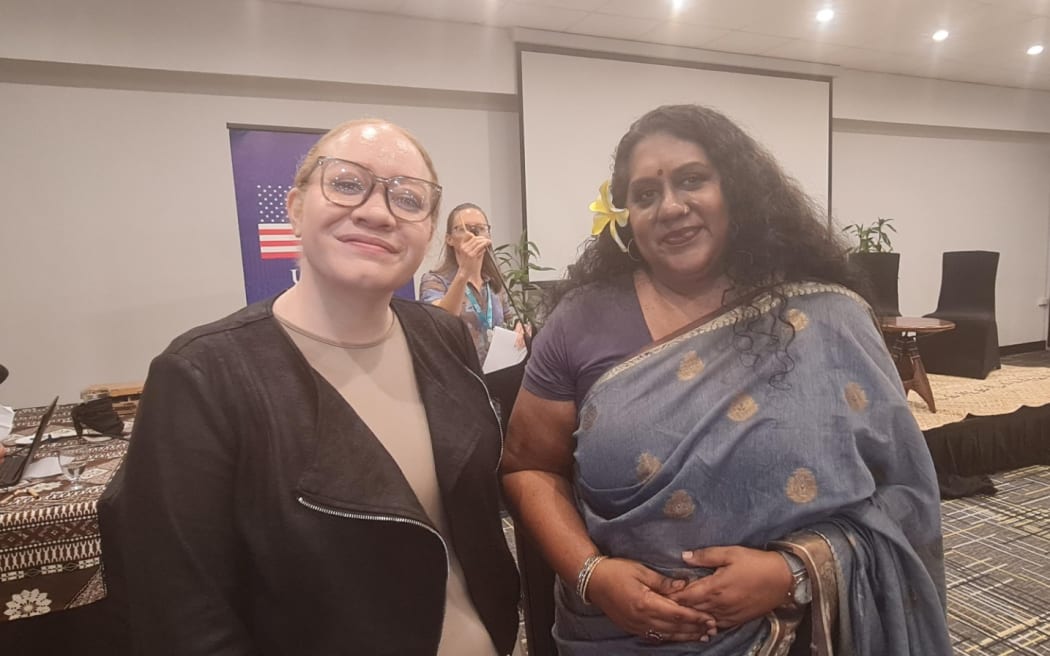Susan Du - Star Tribune (TNS)
Minneapolis is on track to become one of the first U.S. cities to invest in biochar, a multifunctional, charcoal-like material said to help grow bigger plants, reduce storm water runoff and remove carbon from the atmosphere.
The city has committed $700,000 to develop an industrial yard and buy a BluSky Carbon pyrolyzer, a spinning drum about the size of a 40-foot shipping container that heats organic material with minimal oxygen. According to the manufacturer, the wood doesn't burn in this low-oxygen environment, but is converted into a multiuse char that can lock away carbon that otherwise would have been released through natural decomposition. Natural gas starts the machine, but then the wood gas created as a byproduct of the process sustains it.
"It's almost obnoxious how many applications there are for biochar," said William Hessert, CEO of BluSky Carbon, as he named a few: improving nutrient and water retention, increasing crop yield and improving the strength of concrete, plastics and steel. "As long as you're not using the char to burn it like a briquette, the carbon in there can be stable, depending on how you do this, for hundreds or thousands or millions of years.
Jim Doten, the city's carbon sequestration program manager, said producing municipal biochar will be Minneapolis' first initiative under that program as it tries to achieve carbon neutrality by 2050, a goal outlined in Minneapolis' Climate Equity Plan.
A lot of wood chips are produced within the city, Doten said. The Minneapolis Park Board manages the city's public trees, including cutting down diseased and damaged trees. Private tree companies do the same on private properties. Xcel and CenterPoint Energy trim along electrical lines to prevent fires.
Right now, all that wood waste is shipped over to St. Paul and incinerated for electricity and steam. But if it's converted to biochar, Doten believes that the city could prevent carbon from entering the atmosphere and create material to be used in large-scale transportation projects and community gardens.
"I'm glad that now not only is it happening but that it's sparked a lot of interest, and I'm getting a lot of calls from different cities and counties around the country about it," Doten said.
Minneapolis eventually may consider selling carbon removal credits to private companies looking to offset their greenhouse gas emissions, or bank them for the city's own carbon reduction goals, Doten said.
Council Member Robin Wonsley, in whose ward the biochar site is being built, said she would need to study the efficacy of other agencies' carbon credit programs, such as the one the Park Board launched in 2022, before supporting a similar one for the city.
"I'm really excited about this helping the city figure out how we can continue investing in bold and innovative municipally owned strategies to combat climate change," Wonsley said.
Eric Singsaas, director of the materials and bioeconomy group at the University of Minnesota, is studying biochar to better understand how its properties are affected by different factors, such as heating temperature and the type of source material, in hopes of informing industry as well as cities like Minneapolis wanting to predict exactly how long its biochar will be able to sequester carbon.
"Carbon removal credits, there's a lot of revenue potential there," Singsaas said. "The scientific community is developing tools and mathematical models that are allowing us to say with more confidence (that) if you make a biochar with the following properties, it will sequester carbon for 100 years or 1,000 years, to make a better estimate of that."
Right now the city should stay on top of the science and resist the trap of making hyperbolic claims because some kiln technologies on the market make biochar with "wildly varying properties," Singsaas warned. He said he is working with the city and believes BluSky's pyrolyzer is legitimate.
As private and public-sector organizations face increasing pressure to reduce carbon emissions, the market for carbon offset and removal credits is growing, with environmental organizations often playing a watchdog role differentiating between initiatives that actually remove pollution and those that "greenwash" it.
Per the Minnesota Natural Gas Innovation Act, Xcel Energy plans to purchase carbon offset credits from a local company that produces biochar. The Minnesota Center for Environmental Advocacy argued on CenterPoint's NGIA plan against allowing companies to use carbon reductions in another location to offset the amount of natural gas delivered to customers. The Public Utilities Commission is expected to make a decision on that point later this month, which may affect Xcel's inclusion of biochar in its NGIA plan.
Hudson Kingston, legal director of the rural environmental nonprofit CURE, said the use of natural gas to create biochar through pyrolysis makes him wonder how beneficial it is for the environment.
"It's important that there's third-party analysis of what (Minneapolis) is doing," he said. "The fact that it's near the (University of Minnesota) is a great opportunity for them to pull in professors and grad students who don't work for the city to assess things ... for this to move forward in a way where the community knows whether it's actually benefiting them or not."
Biochar has been used in pilot projects through the city over the years. The city's biochar website shows a grinning Doten brandishing two ears of corn — one almost twice the size of the other — grown at Little Earth of United Tribes in 2015. The fatter corn was grown in biochar, Doten said.
Another biochar demonstration was conducted by the Linden Hills Neighborhood Council on a segment of the old trolley line near York Avenue and 44th Street from 2019 to 2022. The soil was so degraded along the trolley path that very few plants grew there, said Ginny Halloran, who was on the neighborhood group's environmental committee on the time. The demonstration used biochar and deep-rooted native to restore the soil.
"The beauty of it is because of all the ash trees in Minneapolis ... coming down, we can sequester that carbon ... by making biochar out of all these trees and using it to enrich the soil," Halloran said. "It gives us time to decrease the CO2 that's going up into the atmosphere, and it's just such a beautiful, ecological solution to some of our problems."
By Carbon Credits
July 5, 2023

A consortium of Canadian and French companies, including Airex Energy, Groupe Rémabec, and SUEZ, are investing C$80 million to construct North America’s largest biochar production facility.
This initiative highlights the growing global recognition of biochar’s potential in carbon sequestration and soil enhancement.
The plant will be located along the north shore of the Saint Lawrence River in Port-Cartier, Quebec, Canada.

The Quebec Biochar Plant: A Major Step in Canada’s Decarbonization Efforts
The Port-Cartier facility is Canada’s first industrial-scale biochar production plant, marking a significant milestone in the country’s net zero efforts.
The first phase of the plant will be finalized in 2024. It will focus on transforming forestry waste into biochar, contributing to a circular economy, and playing a crucial role in the fight against climate change.
With an initial production capacity of 10,000 tonnes per year, the plant will triple its annual production capacity by 2026. This makes it the largest biochar plant in North America.
The consortium aims to produce 350,000 tonnes of biochar by 2035.
They have identified locations in Europe and Africa where they can access the input to produce biochar, as well as potential buyers.
The Project’s Impact and Plans
The facility, owned by CARBONITY, a joint venture equally owned by the three partners, will employ 75 people locally. It will produce carbon-rich biochar with high environmental qualities from the residual biomass of Groupe Rémabec’s operations.
The project will sequester 75,000 tonnes of carbon per year.
By sequestering carbon, biochar production will generate guaranteed, certified carbon credits. First Climate will then sell them on the voluntary carbon market.
This project became possible thanks to the financial participation of the Quebec and Canadian governments. A federal official commented on this milestone, the Minister of Sport and Minister responsible for CED, said that:
“Government of Canada has made concrete commitments to demonstrate that a strong economy and a healthy environment go hand-in-hand. That is why Canada Economic Development for Quebec Regions (CED) is granting a repayable contribution of $3M to CARBONITY for its set-up project in Port-Cartier.”
Biochar: A Powerful Tool for Carbon Sequestration and Soil Enhancement
Biochar is a charcoal-like substance produced from plant matter. It’s created through a process called pyrolysis, where organic material is heated in a high-temperature, low-oxygen environment.
The result is a stable form of carbon that resists decomposition, effectively locking away carbon that would otherwise return to the atmosphere. When added to soil, biochar can significantly improve soil health, enhancing water retention, nutrient availability, and microbial activity. All these lead to increased crop productivity.
Moreover, the production of biochar can generate Carbon Dioxide Removal (CDR) carbon credits. These credits can be sold or traded, providing an additional revenue stream for biochar producers and incentivizing further carbon sequestration efforts.
Airex earlier this year raised $38M to increase capacity at another Quebec facility that torrefies biomass.
A Shift in the Carbon Credits Market
The construction of the Quebec biochar plant signifies a shift in the carbon credits market. As countries and corporations strive to achieve their carbon neutrality goals, the demand for effective carbon offsetting solutions is growing.
Biochar production offers a tangible, measurable way to offset carbon emissions. The carbon credits generated from this process can attract significant interest from environmentally conscious investors and corporations.
Used as a soil amendment, biochar offers several benefits, including carbon sequestration, increased nutrient retention, and optimized soil aeration and drainage. Its properties allow it to contribute to soil regeneration, limit the use of fertilizers and sustain water resources.
When added to concrete or asphalt formulations, biochar brings new functionalities to the final material while helping to reduce its carbon footprint, a key issue for the construction sector.
Lastly, the production of biochar at high-temperature and with oxygen-free pyrolysis will generate surplus energy in the form of steam or pyrolysis oil, which is reusable on site.
In summary, here are just some of the potential industrial uses of biochar:
The Future of Biochar and Carbon Management
The emergence of North America’s largest biochar plant in Quebec is a milestone in the world’s journey toward sustainable carbon management. It highlights the potential of biochar as a solution for carbon sequestration, waste management, and soil enhancement.
With the establishment of the Port-Cartier facility, the future of biochar and carbon management looks promising. The project shows the potential of biochar in sequestering carbon while setting a precedent for future initiatives in the sector.
As we continue to grapple with the challenges of climate change, such initiatives offer a beacon of hope, showing us that with innovation and commitment, a sustainable future is within our reach.















